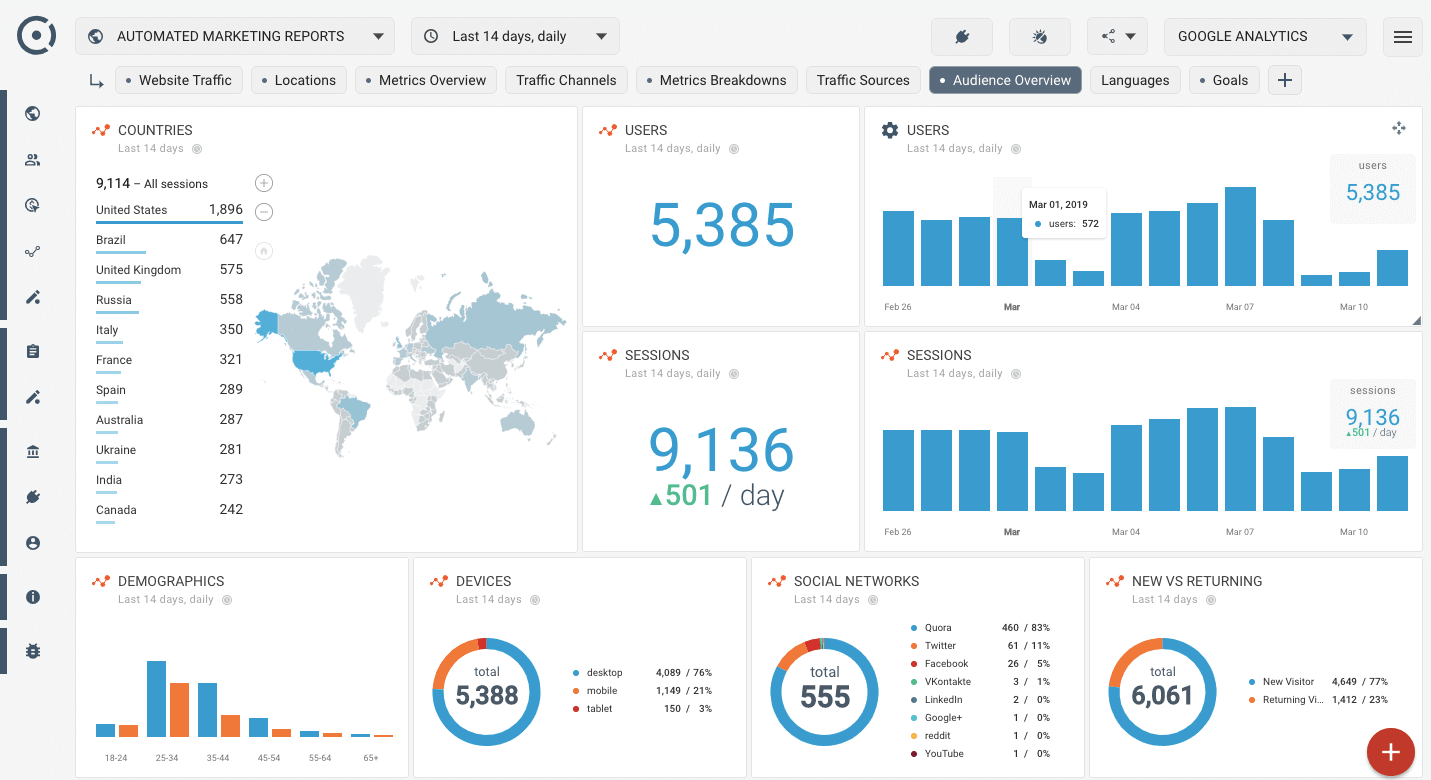Research can be intimidating.
Even the word itself evokes connotations of math and science that may be immediately overwhelming for some people.
But the truth is…
Research is not as hard as many people think it is, especially if you have the right knowledge and tools to do it.
Take me for example. I’m a writer. Not a scientist, and certainly not a mathematician. Yet I use research every single day because it’s the foundation for creating words that work.
Words that sell.
But when I first started out, my research skills where very limited and rudimentary.
I was mostly working off of gut instinct, which worked for a while, but over time, I needed to develop a system I could feel confident not only using, but selling to my clients (and at high price points, I might add).
So I invested in creating exactly that: A research system that works for ME — not a scientist nor mathematician — but a writer trying to get results for her clients.
I now teach that system in my course, How to Conduct, Analyze & Apply Customer Research, and today, I’m giving you a snapshot into some of the most important tools in that system.
Keep in mind, there are many other research tools I’m not going to cover today, but these are some of the most basic — yet some of the most important — research tools I use to uncover valuable insights that become the basis for more effective user experiences and copy.
As you’ll soon see, this list is made up of common, free, or inexpensive tools that you’re likely familiar with (or may already using yourself), proving once again that customer research is not some mysterious, unattainable concept, but something anyone with a computer can do.
So which tools made the list? Let’s find out together!
*Note: This post does not contain any affiliate links; these are just the customer research tools I find most valuable in my business.
Customer Research Tool #1: Typeform
My favorite customer research methodology is a good old fashioned survey.*
Why? Because surveys allow you to capture a larger pool of data, giving you more confidence in the results (and more confidence in your recommendations, as a result).
My favorite tool for conducting traditional customer surveys is Typeform as it’s simple, easy to learn, and highly intuitive. It’s also incredibly versatile — you can create all kinds of surveys (even complicated surveys with lots of logic) quickly and easily.
You can also add “welcome” & “thank you” screens, which is key for explaining your survey objectives and how participants can receive their participation incentive (if applicable).
And tracking or viewing results is easy — you can either see a visual summary of the data (through bar charts, percentages, etc) or you can export the data into a CSV file for easy sorting.

Plus, it couldn’t be easier to share surveys with participants; simply create your survey, publish, then insert the unique link into emails, live chat, within the product, or wherever you’re surveying users.
Finally, you can easily duplicate surveys, which is important when you’re running similar surveys for different cohorts, but just need to change a few questions (this is especially important if your survey contains complicated logic — not having to re-do all of that work over and over again is a huge time saver).
*Note: While I love surveys, they do have limitations, which is why I often recommend combining them with other forms of qualitative and quantitative research.
Customer Research Tool #2: Zoom
While I use Zoom for client meetings and training webinars, I also use it to conduct 1-on-1 customer interviews and usability tests.

For me, Zoom works best because (thanks to the pandemic) most people know what it is and how to use it (not to mention it’s likely already installed on the participant’s computer, which is one less hoop to jump through).
You can also join a meeting via link or dial-in, turn video on or off, and share screens, making the entire experience easy and comfortable for everyone involved.
Finally, you can also record both video and audio, making transcribing interviews fast and easy. I simply export the file, send it off to Rev.com, and get a professional transcription often within minutes.
Similar to Typeform, this is a tool I simply cannot live without.
Customer Research Tool #3: Calendly
If you’re conducting interviews of any kind, Calendly is going to be your best friend, as you can set your schedule and allow participants to book a time with you that works for them, within their time zone.

Plus, Calendly will add the event to the participant’s calendar (and yours) so everyone knows when the meeting is happening, where, and what time. Participants can even reschedule their session with just a few clicks, which can be helpful for last-minute changes.
That being said, you can absolutely get away with NOT using Calendly and just simply arrange the interviews via email, but using the tool will certainly save everyone time and headache.
Customer Research Tool #4: Google Analytics
If you’re trying to evaluate the effectiveness of a website, landing page, or sales funnel, having access to some kind of analytics tool — like Google Analytics — is going to be incredibly helpful.
While not always the easiest or most intuitive, Google Analytics is one of the best options out there for tracking KPI’s such as traffic, pageviews, conversion rate, bounce rate, user flows, device usage, and so much more.

I use it for every web project as it allows me to establish baseline performance metrics while also giving me insight into visitor behavior, which can shape information architecture, messaging, UX, and more.
Of course, there are other analytic platforms out there (like Shopify’s built-in analytics, for example) that may be sleeker and easier to use, but if you’re just getting started, Google Analytics is a free (and relatively easy) tool for capturing valuable research insights.
Customer Research Tool #5: Hotjar
Last but not least, the final tool in my “must-have” research repertoire is Hotjar.
If you’re not familiar, Hotjar is a heatmapping tool that allows you to track and visualize how visitors are engaging with your website, landing page, etc.

For example, if you set up Hotjar on your homepage, you can easily see where visitors are clicking and scrolling, where you’re losing them, how many people are engaging with specific areas of your navigation, and more.
This kind of information is incredibly useful when you’re trying to create your content hierarchy and a more effective user experience.
The insights can also help you infer specific information about your visitors.
For example, if you notice that a lot of your visitors are clicking on the “pricing” page or the “why us” page, you may be able to infer that your visitors are further along in the sales funnel and looking for information about purchasing (vs learning through educational content).
Of course, you would need more data points from other methodologies to confirm something like this, but it’s certainly one data point you can take into consideration when forming your hypotheses.
While not perfect, Hotjar is relatively easy to learn and use, and doesn’t require you to be an advanced researcher to make sense of your results (they also offer pretty decent in-app copy and Help Docs if you need it). Plus, I believe the first few pages are free, which is a nice bonus.
Get the complete toolset and system for conducting, analyzing & applying customer research

As you can see, many of the tools I use to conduct customer research are simple and easy to use, but knowing what they are is only the first step.
To learn how they work, when to use them, the nuances between them, how to translate your insights into action, and more, you need to dig a little deeper.
If you want to level up your customer research skills, charge more for your services, improve your marketing, or simply understand your customers better, check out my course, How to Conduct, Analyze & Apply Customer Research.
For the month of November, you can get $100 off the course, PLUS access to 5 LIVE trainings for each of the main sections within the course where you’ll get individual attention, personalized guidance, and answers to all your research questions.
???? I’m limiting enrollment to ONLY 20 SPOTS so if you’re interested, be sure to sign up while space is still available. ????
If you’re interested in learning more, click any of the links in this article or comment below or reach out to me directly: annie1maguire@gmail.com
Best of luck on your customer research projects; I hope to see you on the other side!
